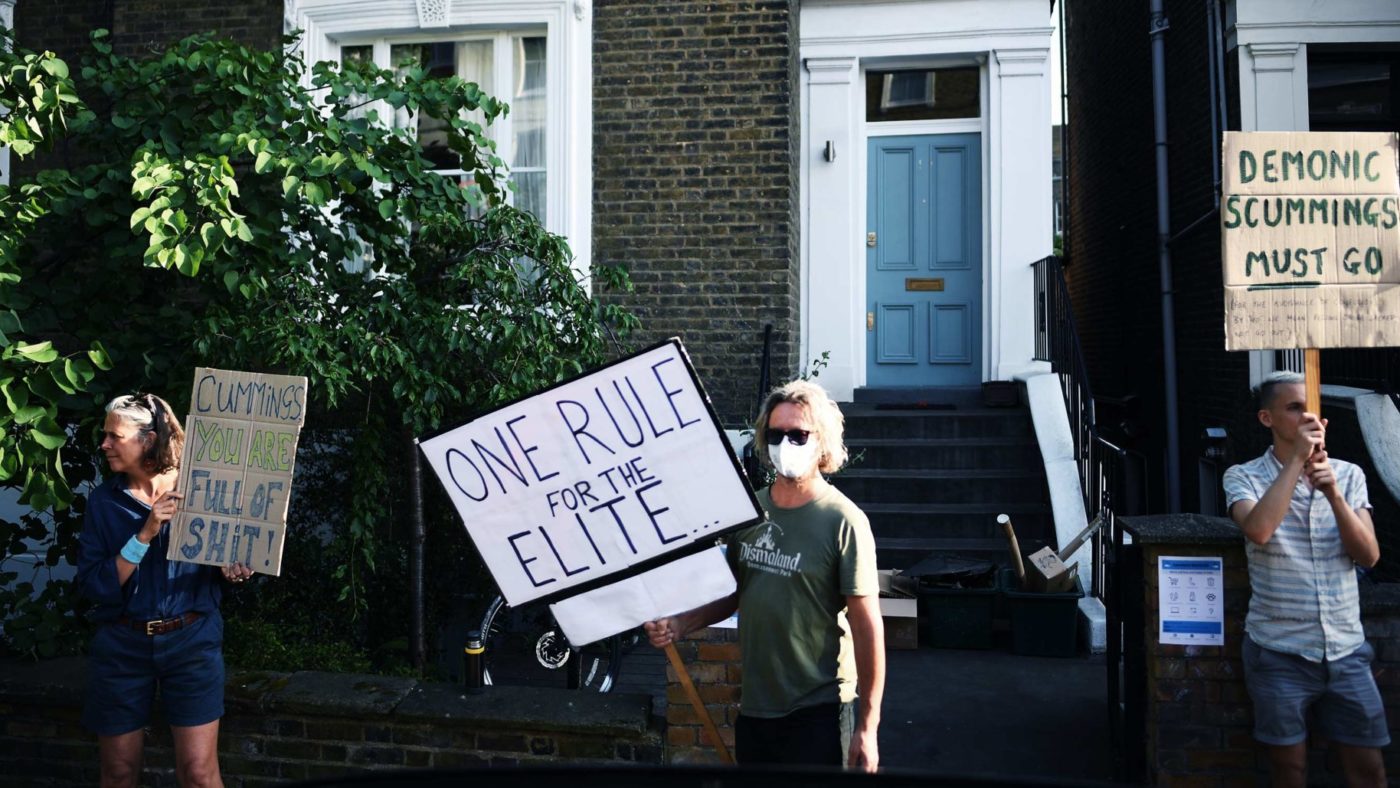Whenever a political story takes off in or around Westminster, people start talking about “cut-through”. In other words, is this the talk of the bubble reaching people who aren’t political obsessives?
In most cases the answer is no – Westminster stories usually barely make it onto the public’s radar.
That may sound obvious, but the degree to which this holds often surprises people. I’m frequently asked whether polling was before or after some recent event – usually one that turns out not to be significant. Lord Ashcroft was once asked “ah, but was this poll done before or after the Shadow Communities Secretary attacked Waitrose for giving away free coffee?”
To better understand whether and to what extent cut-through occurs in a particular case, it’s helpful to think of it in stages, so I’ve developed a theory of cut-through that describes it using five of them.
Stage one is that people hear about [thing]. Although about two-thirds of Brits vote in a given general election, most don’t pay much attention to politics outside of campaign time. The increasingly interactive nature of how we consume news means we don’t need to watch an entire news broadcast or read a newspaper from cover to cover to get the news topics we want.
That means that unless something gets front pages, leads on broadcast news or a significant amount of shares on Facebook, it often struggles to get noticed by non-political types. Most rows about process, factional politics within parties and such like tend to fall at this first hurdle.
Stage two is where people care about [thing]. Something can register, but be regarded as an amusing distraction, or just plain irrelevant (see Theresa May’s conference coughing fit). Or maybe people just aren’t interested enough.
Other counter-examples include many of the sub-plots around Brexit and its negotiations. Not Brexit itself, which quite obviously cut through, but the types of stories that have tended to pop up over the last few years, and sometimes got noticed, but many people had long since tuned out.
Stage three involves people changing their view of [party] because of [thing]. Besides shorter-term effects, this stage encompasses things that have a longer-term drip-drip effect or that re-emphasise existing weaknesses – something easier to theorise about than to prove.
The classic case of this is where a party’s brand gradually becomes toxified (or detoxified) over time, as a result of cumulative newsflow (rather than events). However it can also result from specific events, which is one reason why parties’ private polling tends to be far more focused on brand perception than voting intention.
Stage four is reached when people change their voting intention because of [thing]. How much people care about something or change their views as a result obviously varies. But if people care a lot about something, why wouldn’t it shift their vote?
Well, they may care more something else even more. Or it might be that they were never going to vote for (or against) a particular party anyway. This helps explain why, after we cut through the statistical noise, voting intention is generally much more stable than many people realise.
The “cross-pressured” groups over Brexit (Labour Leavers and Tory Remainers) were an example of this until 2019 when several dams finally burst. Cases where voting intention did actually move (at least in the short term) include the fuel crisis in 2000, where Labour lost the lead in some polls, as well as Cleggmania and the recent rallies round the flag.
The fifth and final stage is when the change in voting intention is sustained. Assuming shifts in the polls represent a genuine shift in opinion – which tends to be the case after the first few days when overenthusiastic responses to polls can skew them – will the change in opinion stick?
People need somewhere to go, which matters if they are shifting to the Don’t Know column, or to a party they wouldn’t actually vote for (but wish to use to send a message, usually of displeasure at something, via pollsters).
There are various levels of “sustained” and some of them take a long time to establish. But with the benefit of hindsight, we can say that the Conservatives and ERM, Labour and the financial crisis, the Lib Dem collapse after the 2010 election, the SNP surge around the Scottish Independence referendum, among other things, meet this test. Of course, “sustained” isn’t always “permanent”.
And what of the Dominic Cummings story? We can say with absolute certainty that many, many people have heard and care about the story. And we can say with near certainty that perceptions of the Tories have suffered and voting intention has shifted as a result – the moves seem too big to be response bias or statistical noise.
But as ever, what matters is where things stand once the news cycle has moved on.
Click here to subscribe to our daily briefing – the best pieces from CapX and across the web.
CapX depends on the generosity of its readers. If you value what we do, please consider making a donation.


